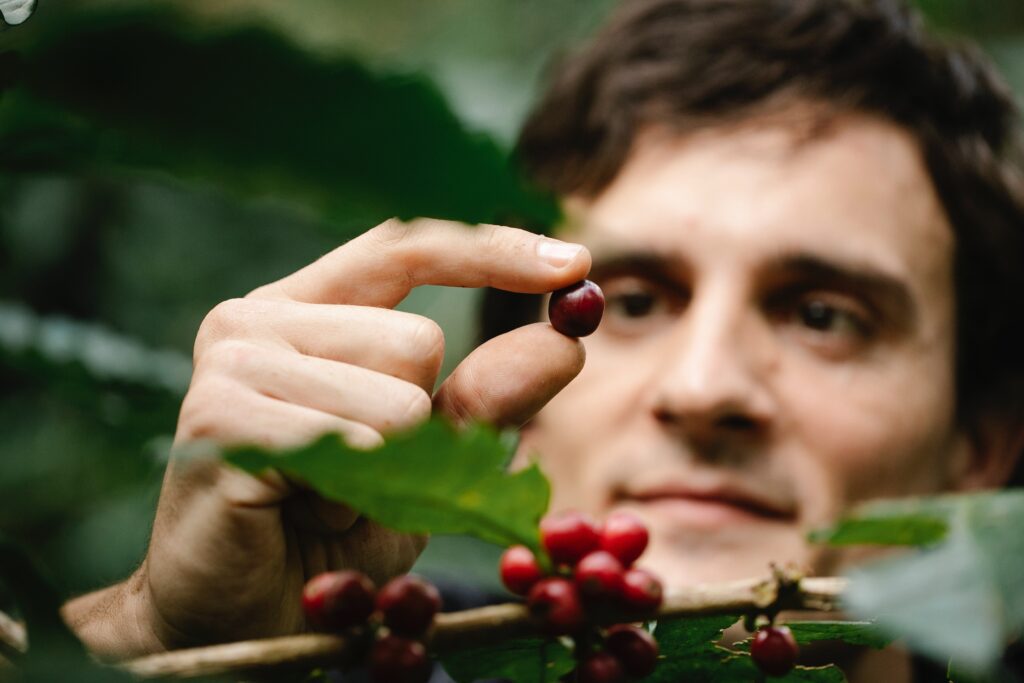Today, around 2 billion cups of coffee are consumed globally, generating approximately $200 billion yearly for the coffee sector. Brazil is the second largest consumer in the world, behind only the United States. Among the main types produced in Brazil, Arabica and Canephora coffee stand out.
Coffee comes from a bush that produces a fruit that is initially green, but when it ripens, it becomes red or yellow, which we call cherry, indicating that it is at the exact moment of harvest, and then dried, roasted, and consumed.
Despite the diversity of coffee species, only two have economic relevance in the world market: arabica and canephora coffee. Canephora is also known in Brazil as Conilon coffee.
No one can understand the truth until he drinks of coffee’s frothy goodness.
-Sheik Abd-al-Kabir
Jump To Section
Coffee
You can also watch this and other exclusive GA Originals on YouTube.
Varieties differ in aroma, flavor, grain size and shape, resistance to diseases during their cultivation, price, and even the amount of caffeine, an essential substance for many people.
Brazil is the largest producer of Arabica coffee worldwide, but its consumption is low compared to other countries, as Brazilians drink basically the mixture of the two varieties, forming a blend that has a reasonable quality at a low cost.
100% Arabica coffees are the most appreciated in Europe, but the cost is higher than blends.
Instant coffees are made from the conilon variety, which explains their strong and bitter taste.
The flavor and aromas of Arabica coffee are sweeter, smoother, and significantly more acidic, while conilon is stronger and bitter.
Beverages made with conilon can be a good choice for those looking to get the benefits of caffeine, as it has a higher content, around 2.2%. Arabica, on the other hand, has about 1.2%.
The sugar contents vary between 6-9% in the Arabica and 3-7% in the Conilon coffee.
Cultivate

Arabica coffee is grown in high-altitude regions above 800m, with a milder climate. Arabica is more susceptible to diseases and produces less. In contrast, conilon can be grown in coastal regions, is more resistant to crop pathogens, and produces more.
On the global market, conilon represents only 30% of production, while arabica 70% of coffee beans.
Today, coffee shops prefer to use arabica coffee, while conilon is more common in instant coffees and low-cost blends.
You will know if you are drinking conilon or arabica coffee when it says “100% arabica” on the package. Otherwise, you will be drinking a blend.
Did you like this article?
I hope this article has helped you understand about the difference between Arabica And Canephora Coffee. To learn more, take a look at Coffee: The Brazilian Production That Became A World Commodity.
Leave a comment below and share our content.
Help our community grow by following our social media on Spotify, Instagram, Facebook, Youtube, and Tiktok. And stay up to date with the news from the world of Gastronomy.
Don’t forget to tag @gastrovinoacademy on Instagram and hashtag it #gastrovinoacademy.
Cheers 🍷


